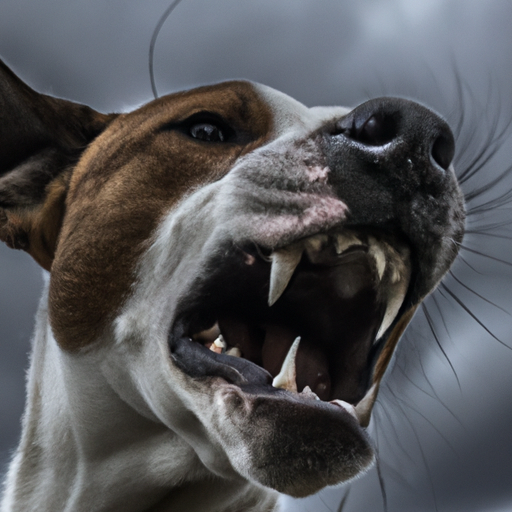As a caregiver, you are often tasked with interpreting the needs and feelings of those in your care. When it comes to your four-legged friend, understanding their unique language can be a challenging but rewarding endeavor. Let’s dive into understanding the canine language, specifically the dog growl.
H2 Why Do Dogs Growl?
Growling is a way for dogs to communicate a variety of feelings and warnings, from fear and aggression to playfulness and excitement. It’s crucial to understand the context behind a growl, so you can address the underlying cause effectively.
- Fear: Dogs often growl when they’re scared. This can be a response to unfamiliar people, new environments, or threatening situations.
- Aggression: Aggressive growling typically occurs when a dog feels the need to defend their territory or possessions.
- Playfulness: Dogs also growl when they’re playing. This type of growl is usually accompanied by loose body movements and wagging tails.
- Pain: If a dog is injured or ill, they might growl when you touch a sensitive area.
H2 Recognizing Different Types of Growls
Just like human speech, dog growls can vary significantly in tone, pitch, and volume. Each variation can signify a different emotion or intention.
- Low-pitched, long growls: Often a warning indicating the dog is feeling threatened or territorial.
- High-pitched, short growls: Common during play or when the dog is particularly excited.
- Growls with barks: Typically a sign of alertness or aggression.
H2 Responding to Growling
Reacting appropriately to a growl can diffuse tension and prevent escalation. The right response largely depends on the context and the dog’s behavior.
| Context | Appropriate Response |
|---|---|
| Fearful growl | Give the dog space and comfort them when they’re ready |
| Aggressive growl | Remove the trigger if possible, avoid punishment |
| Playful growl | Continue play as long as it remains friendly |
| Pain-related growl | Seek immediate veterinary help |
H2 Training Your Dog Not to Growl
While it’s important to respect your dog’s communication, inappropriate growling should be addressed. Use positive reinforcement to encourage good behavior and consult with a professional trainer or behaviorist if necessary.
H2 The Importance of Socialization
Proper socialization can help prevent aggressive or fearful growling. Regular exposure to a variety of people, animals, and environments can help your dog feel more comfortable in different situations.
H2 When to Seek Professional Help
If your dog’s growling becomes frequent or aggressive, it may be time to consult a professional. Veterinarians and certified dog behaviorists can provide valuable insight and solutions.
H2 Frequently Asked Questions (FAQs)
Why does my dog growl when playing?
This is usually a sign of excitement or enjoyment. As long as the play remains friendly and non-aggressive, it’s generally not a cause for concern.
Is growling always a sign of aggression?
No, dogs growl to communicate a variety of feelings, including fear, excitement, and discomfort.
What should I do if my dog growls at strangers?
Try to identify the cause of fear and work on gradual desensitization. If the problem persists, consulting a professional might be necessary.
How can I tell if a growl is serious?
Consider the context and accompanying body language. If your dog is showing other signs of aggression or fear, the growl could be serious.
In conclusion, a dog’s growl is a key aspect of their communication. By understanding and responding appropriately, you can improve your relationship with your canine companion and ensure their wellbeing.



